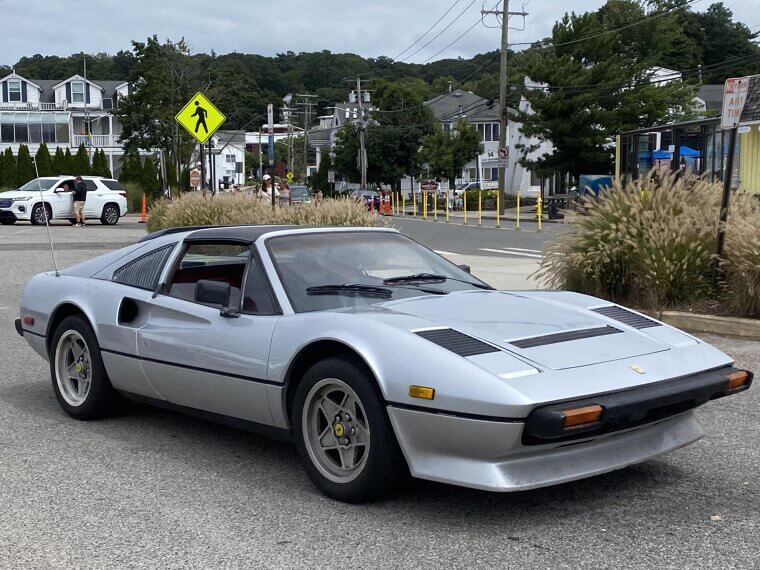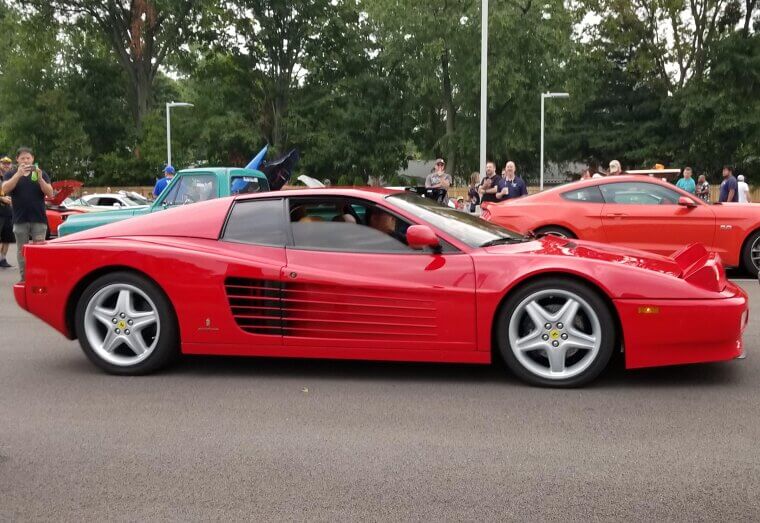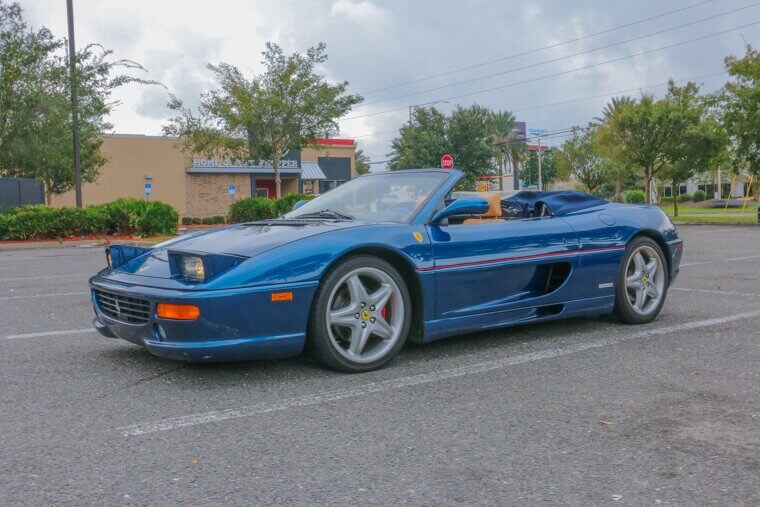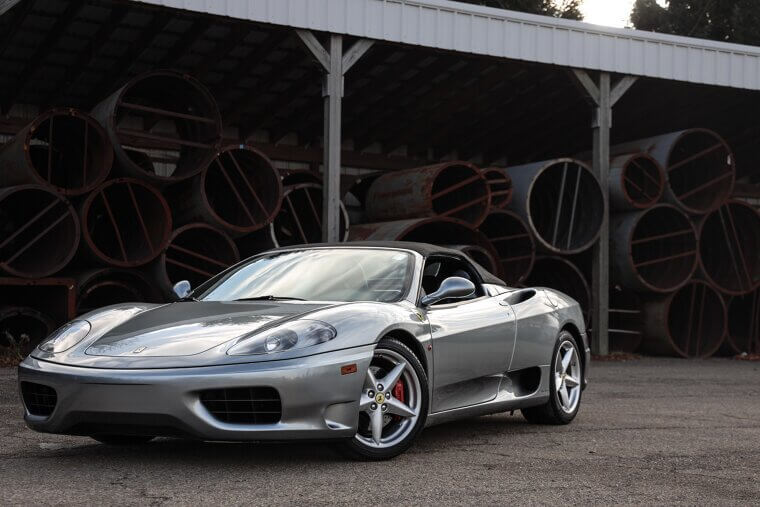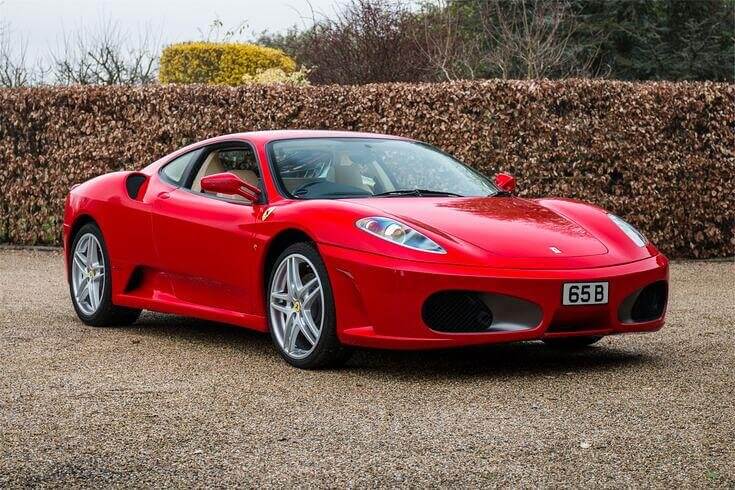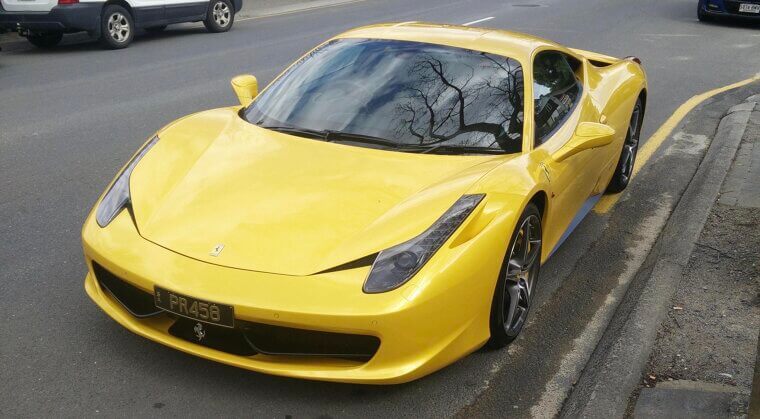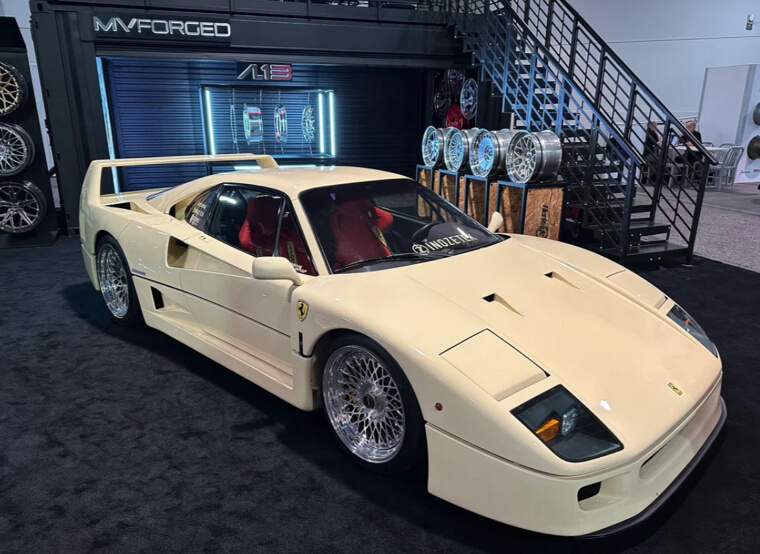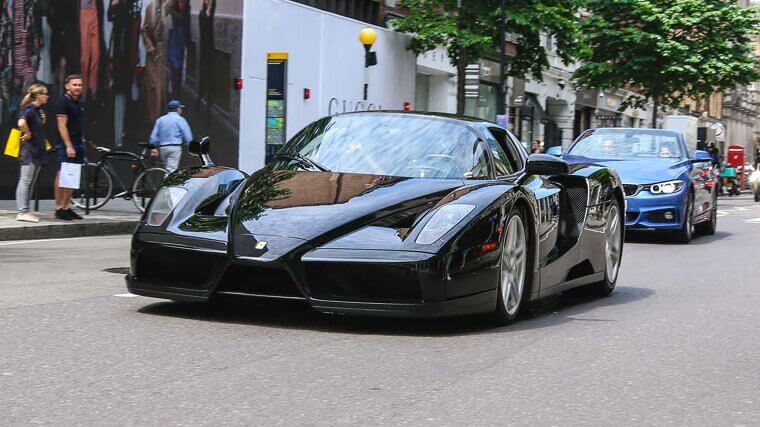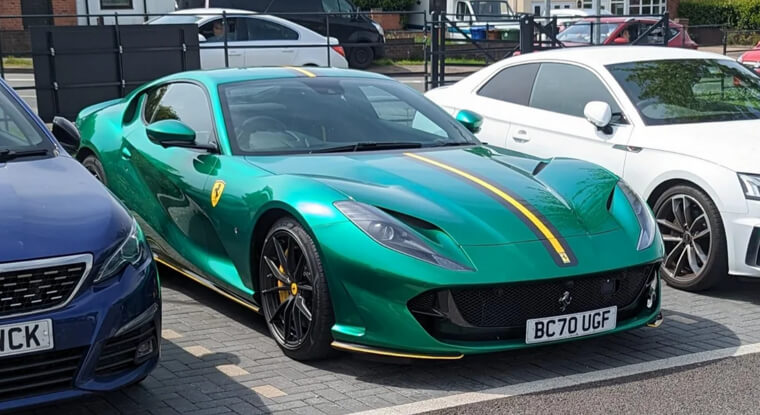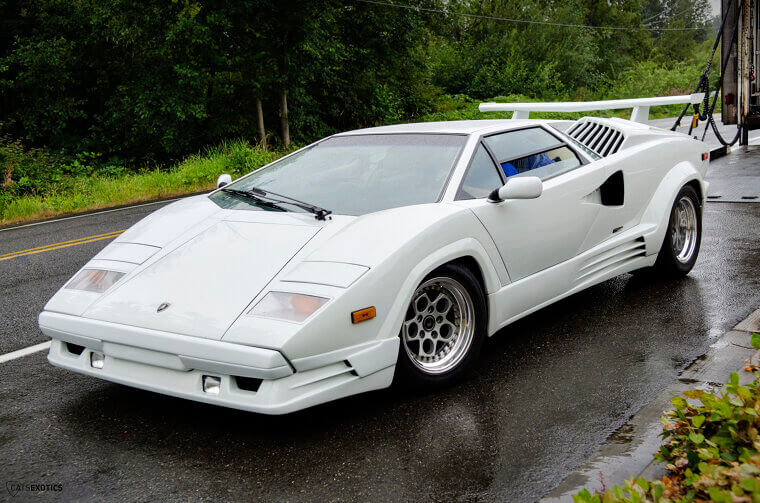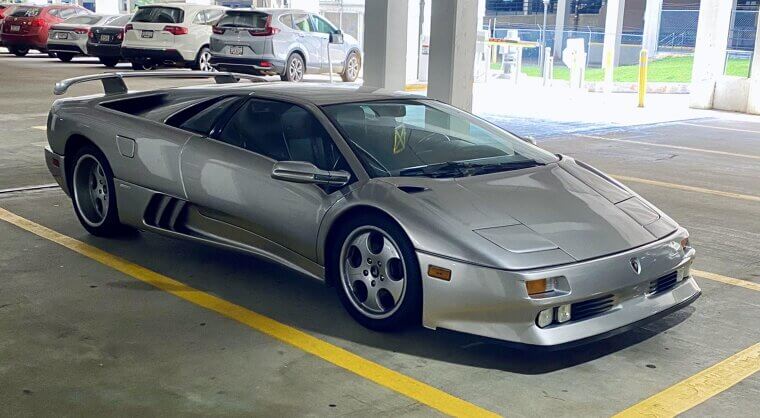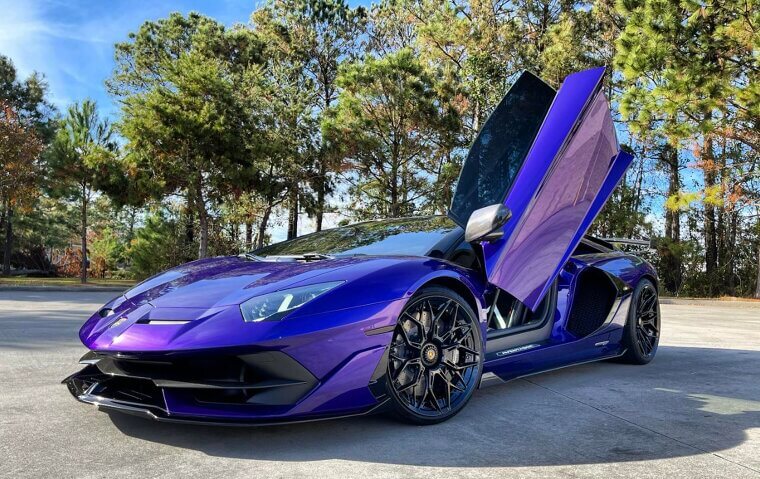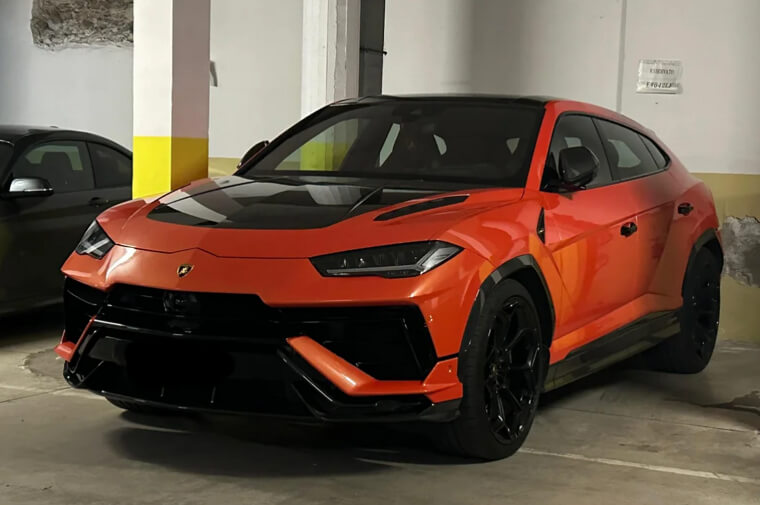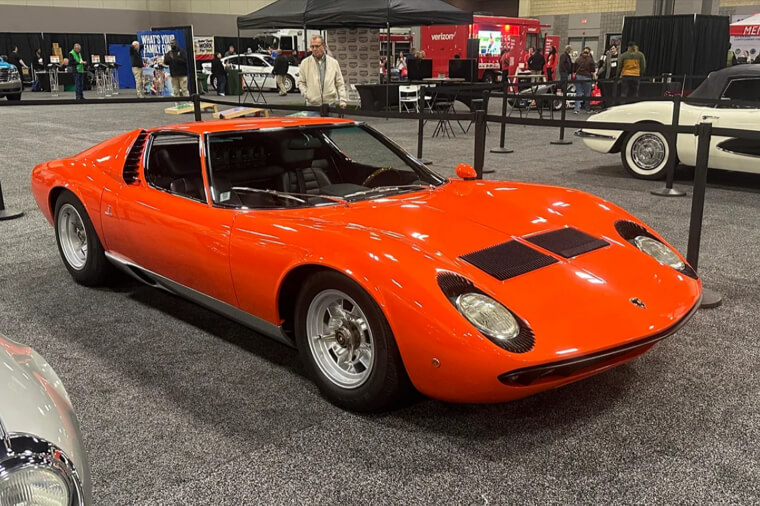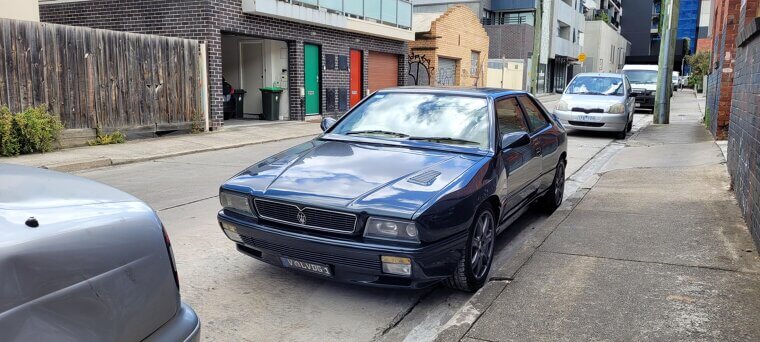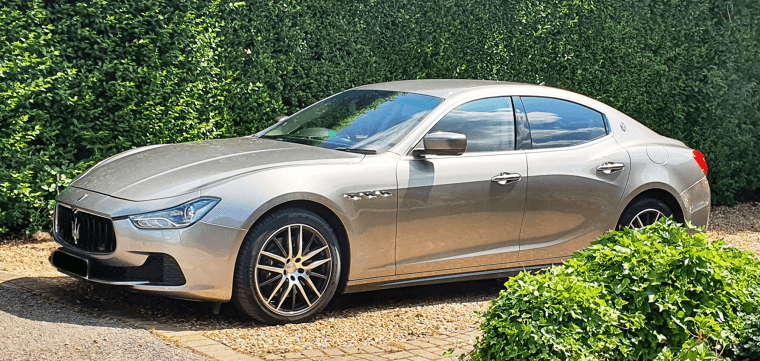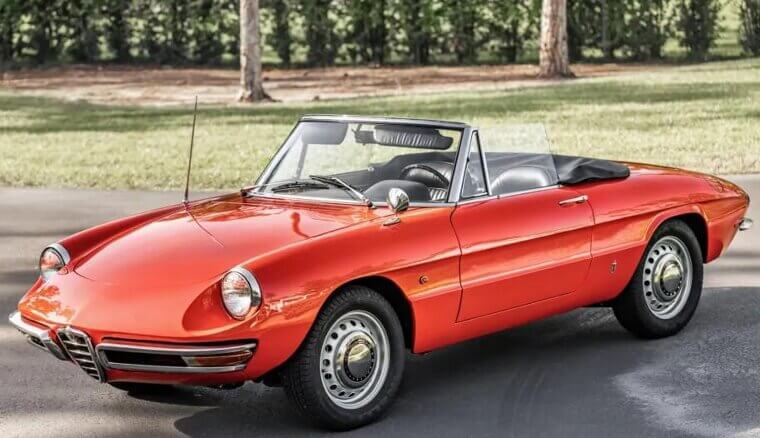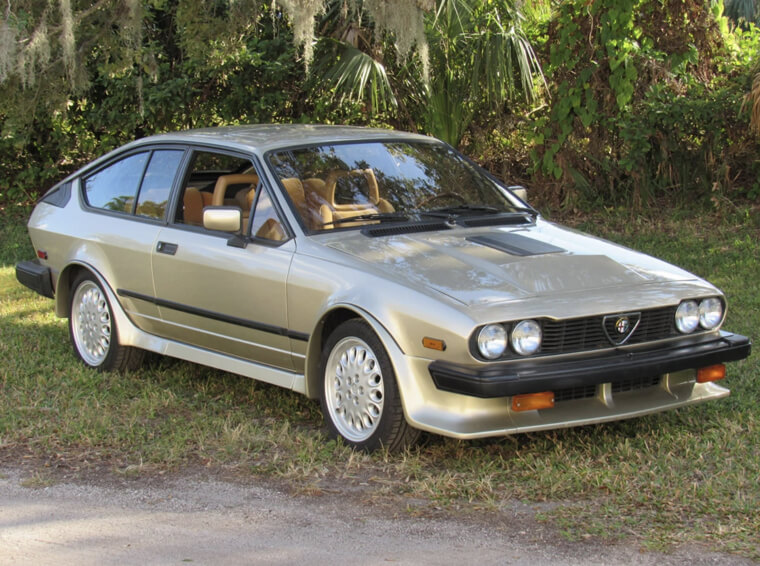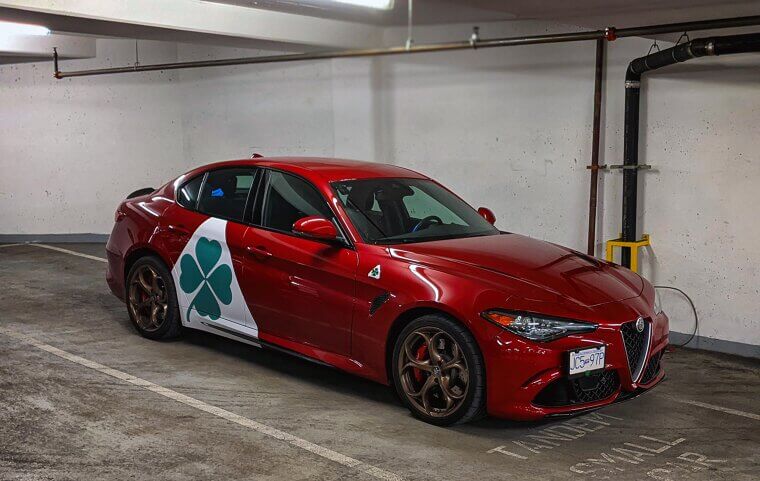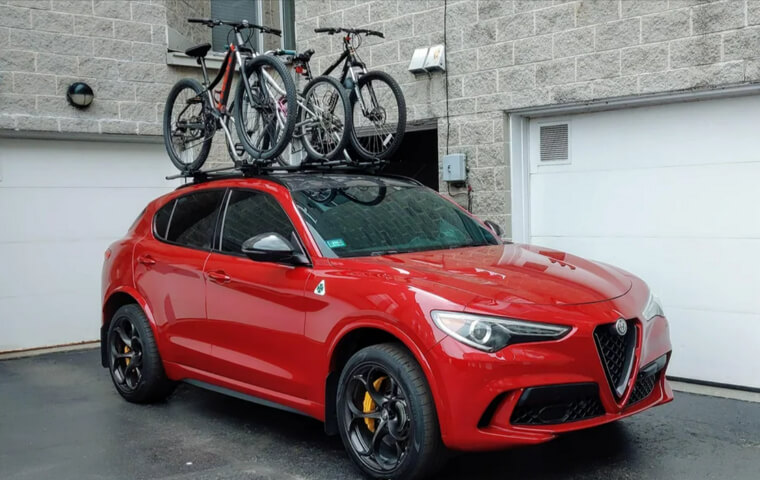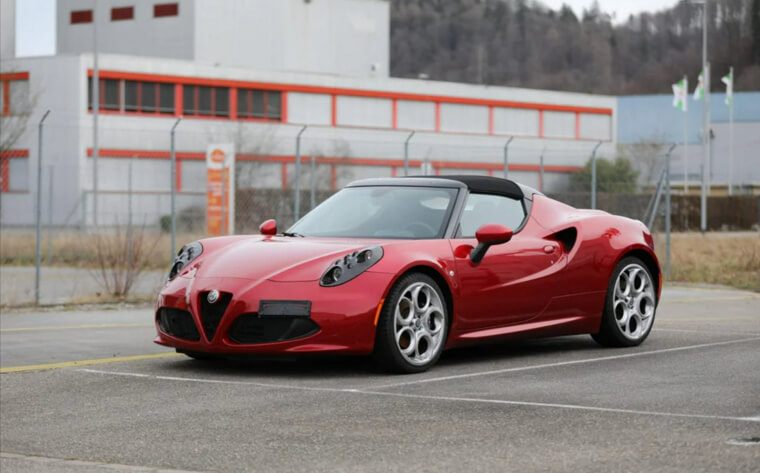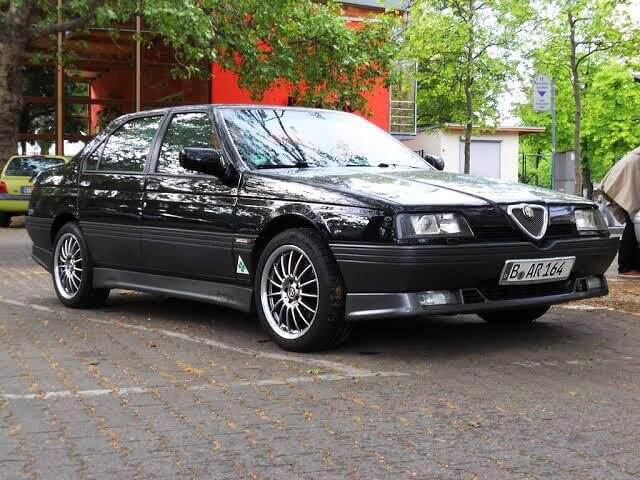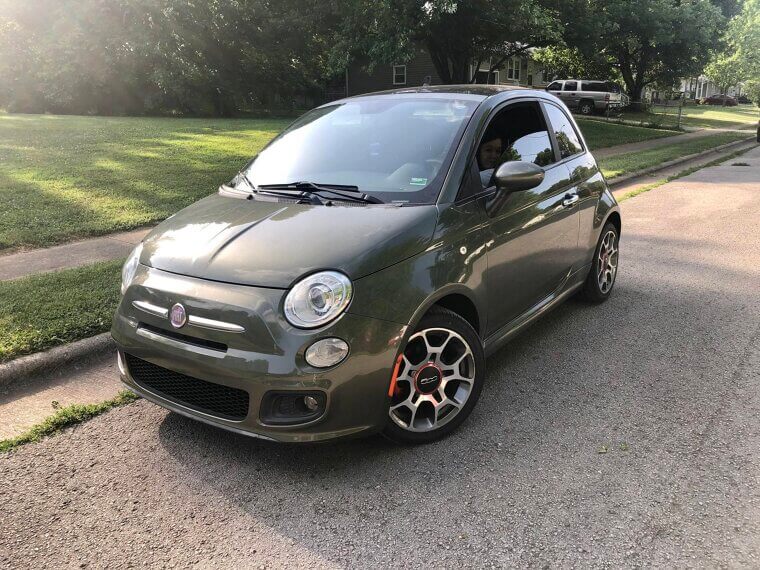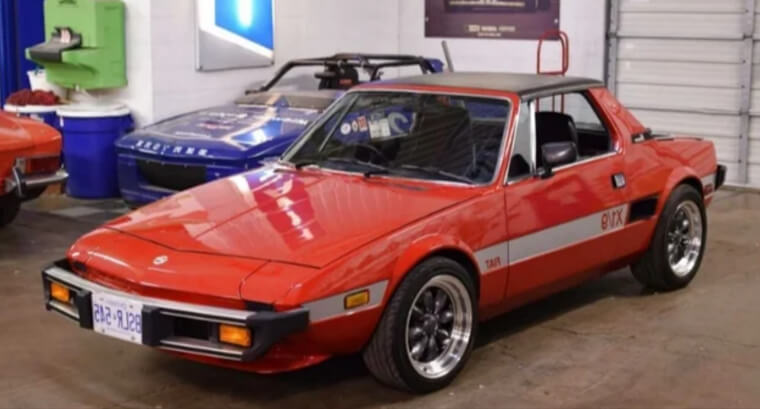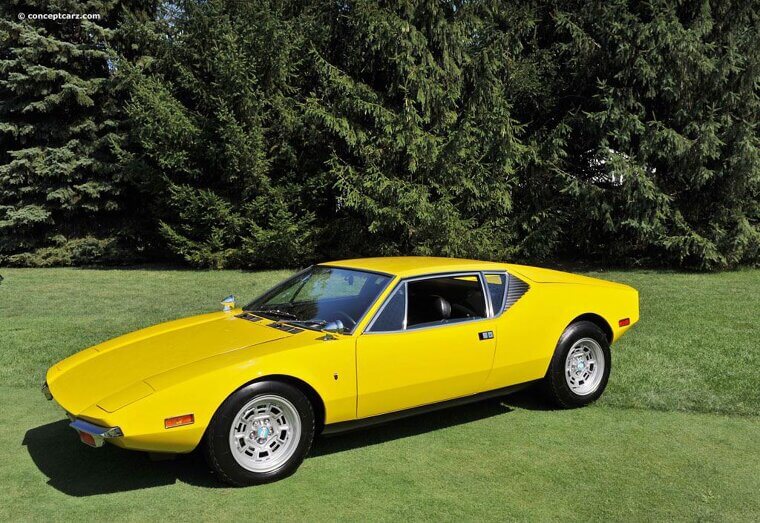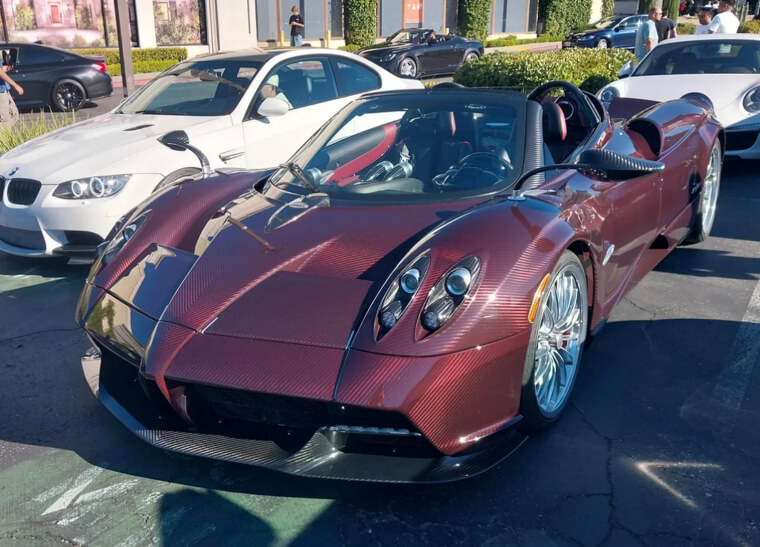There's a Reason Why Americans Love Italian Cars so Much
From red‑blooded supercars to city‑friendly runabouts, Italy has sent a whole spectrum of machines that Americans adore. Some won us over with soundtrack and swagger, others with style per square inch, and a few with the rare ability to make Monday traffic feel like a tiny parade. This list blends icons and attainable classics—garage posters, Cars & Coffee regulars, and sunny‑day cruisers—so you can trace how Italian design and engineering shaped American car culture. For each pick, you’ll see why it clicks stateside, the key years to know, and a quick note for shoppers or spotters. Buckle up: espresso shots of history, with extra crema.
Ferrari 308/328 (1975–1989)
Magnum P.I. made the 308/328 a household poster, but the love runs deeper: wedge lines, a gated shifter, and a V8 wail that turns freeway ramps into opera. Americans favor the refined 328 (1986–1989) for stronger power and finish. A buyer’s mantra: service records, timing‑belt dates, and rust checks, especially around arches. Sticky switchgear is normal; cared‑for cars feel timeless. Targa GTS or coupe GTB, either delivers sun‑drenched, analog romance.
Ferrari Testarossa (1984–1996)
Few shapes scream eighties like the Testarossa’s side strakes and flat‑twelve swagger. Americans adore the drama, from early mono‑mirror “Monospecchio” curiosities to sharpened 512 TR and F512 M evolutions. Ownership is theater plus planning: engine‑out services must be budgeted and verified, cooling healthy, fuse box tidy. Find one with documented belts and receipts; enjoy interstate loafing at a soundtrack rivaling Miami Vice reruns. Huge presence, surprisingly grand‑tourer manners when desired.
Ferrari F355 (1994–1999)
Delicate lines, pop‑up lights, and that 8,500‑rpm shriek make the F355 an American favorite. Spiders star at sunset cruises; berlinettas feel tight and focused. Smart picks are late cars with valve‑guide and manifold updates, plus fresh header heat shields. F1 paddles or manual gate is a flavor choice—both need documentation. Keep belt services current, watch sticky plastics, and the reward is opera‑house acoustics with scalpel steering on canyon mornings everywhere.
Ferrari 360 Modena (1999–2005)
Modern enough to daily, analog enough to feel special, the 360 Modena hits a sweet American nerve. Aluminum chassis, pretty proportions, and a soundtrack that never ages. Later cars with updated clutches and ECUs are easiest to live with; Challenge Stradale thrills collectors. Inspect suspension ball joints and sticky interior plastics. With records and healthy mounts, you get a timeless shape that turns Starbucks runs into small parades most mornings.
Ferrari F430 (2005–2009)
Ferrari made fast feel friendly with the F430: flat‑plane V8 bark, E‑Diff composure, and steering that reads asphalt like Braille. Americans love the approachability. Scuderia models dazzle collectors; well‑kept coupes are driver gold. Prioritize manifold, e‑diff, and mount service history. Inspect ceramic brakes for life left. Get a sorted example and it’s Sunday‑morning espresso every time the tach sweeps past five grand, no translation required. Just add roads and weather.
Ferrari 458 Italia (2010–2015)
Last of the naturally aspirated V8 Ferraris, the 458 Italia delivers a crescendo that gives goosebumps at legal speeds. Pininfarina lines age beautifully; the Speciale is the hero card. Americans appreciate how robust these are: watch sticky buttons and magnetic damper health, otherwise it’s fuel, tires, and grins. Cabin tech still feels modern. Find a serviced car and discover every on‑ramp doubles as a standing ovation with throttle every day.
Ferrari 488 GTB (2016–2019)
Turbocharging done right: the 488 GTB serves massive torque yet mimics natural‑aspiration response. Americans love that duality—brutal pace, daily friendliness. Choose GTB or Spider; Pista thrills track fiends. Keep heat cycling and fluids current, and guard those forward intakes from stone chips. With a healthy car, you get mile‑eating composure and a soundtrack that’s richer than expected for a turbo era, especially as revs climb past seven on spirited drives.
Ferrari F40 (1987–1992)
The F40 is raw adrenaline wrapped in composite weave—twin turbos, giant wing, and a cabin that smells like ambition. Americans revere its purity: no nonsense, just noise, boost, and bravery. Any purchase lives in the collector realm, so provenance and inspections are everything. Find one with documented history and sympathetic maintenance. Then enjoy the unnerving thrill of a car that treats stoplights like stage curtains rising. Every drive feels premier.
Ferrari Enzo (2003–2005)
Ferrari’s Enzo distilled early‑2000s F1 tech into carbon, ceramic, and shrieking V12. Americans love the pageantry: butterfly doors, red weave glimpses, and numbers that still read absurd. Shopping is about condition—low miles, full services, clutch life, and ECU history. Values move, so documentation matters. On the road it’s surprisingly compliant, then terrifyingly focused when asked. The soundtrack alone justifies detours; the looks gather crowds like magnetism at every unexpected stop.
Ferrari 812 Superfast (2018–present)
The 812 Superfast proves the front‑engine V12 remains Italy’s greatest road gift. Americans embrace its grand‑touring pace, communicative steering, and unapologetic theater. Choose base or open‑air GTS; both deliver horizon‑bending speed. Budget for consumables—tires and brakes live hard lives. Kept warm and exercised, these cars are robust, welcoming long distances between espresso breaks. The grin arrives early and lingers late, even at civilized, ticket‑avoiding throttle openings on ordinary Tuesday commutes.
Lamborghini Countach (1974–1990)
The Countach is geometry in a jumpsuit: scissor doors, periscope roof, and angles sharp enough to slice air. Americans love its shock value and unapologetic eighties aura. Pick LP5000 or Quattrovalvole for power; early cars for purity. Expect cabin heat, odd visibility, and heavy controls—part of the charm. Find a sorted example and every gas stop becomes a car show, complete with unsolicited thumbs‑ups and tall tales from total strangers.
Lamborghini Diablo (1990–2001)
Diablo took the Countach’s poster space and added real presence: wider, faster, slightly kinder. Americans gravitate to VT models for AWD civility; the 6.0 brings refinement and reliability tweaks. Cooling systems and alternators deserve attention, as do clutch histories. Get a documented car and you’ll discover surprising long‑legged comfort between thunderous V12 bursts. It’s equal parts runway arrival and interstate cruise missile, still outrageous three decades on, in any color.
Lamborghini Gallardo (2003–2013)
America’s gateway Lambo mixed usable size with Audi‑era solidity and a V10 that howls beyond eight grand. Seek 2009+ LP560 updates for stronger drivability; 6‑speed manuals are prized for engagement and rarity. Verify E‑gear clutch life and front‑axle lift function. Kept stock and serviced, the Gallardo does commuter duty, canyon play, and Saturday night sidewalk parades without complaint. It’s the approachable supercar that still feels special every time you climb.
Lamborghini Huracán (2014–present)
Huracán is daily‑supercar energy: NA V10 joy, crisp dual‑clutch shifts, and friendly ergonomics. Americans love the all‑weather competence and the way an EVO can be civilized until a straight opens. STO brings track cosplay with real bite. Tire and brake wear tell the truth about past use. Keep services current and it’s a dependable extrovert—happy to commute, happier to sing, and always ready for celebratory on‑ramp sprints on sunny Fridays.
Lamborghini Aventador (2011–2021)
Aventador delivers theater on a license plate: carbon tub, scissor doors, and a naturally aspirated V12 with big‑block personality. Americans gravitate to S and SVJ for sharpened dynamics. Know the tradeoff: single‑clutch ISR is charismatic and jerky at low speed. Maintain batteries and starters religiously. Treated right, it’s surprisingly stout, turning fuel stops into selfies and tunnels into concerts. Subtle? Never. Unforgettable? Always—even at 30 mph, in any traffic jam.
Lamborghini Urus (2018–present)
Urus is the super‑SUV America asked for: school‑run practical, canyon quick, and unexpectedly comfortable. It wears a bull badge yet behaves like a very fast family car. Standard or Performante, consumables are serious—inspect wheels, tires, and carbon‑ceramic brakes. Service history should read like a calendar. Kept current, it’s a road‑trip assassin that tows, hustles, and absolutely devours on‑ramps while the playlist does stadium‑tour numbers, with kids and luggage aboard comfortably.
Lamborghini Miura (1966–1973)
Miura is the origin story: the mid‑engine supercar that launched a thousand posters. Americans love its impossibly low stance and jewelry‑like detailing. P400S and P400 SV are the sweet spots. This is concours territory—expert inspections, provenance, and careful storage are non‑negotiable. When exercised respectfully, it’s surprisingly delicate and theatrical, a rolling sculpture that turns boulevards reverent. Owning one is stewardship as much as speed, espresso included, on clear Sunday mornings.
Maserati Quattroporte V/VI (2004–present)
Four‑door opera is the Quattroporte’s calling card—business trip outside, soundtrack inside. Americans gravitate to 2009+ ZF‑automatic cars for reliability polish; later V6/V8 models brought meaningful gains. Early DuoSelect clutches are costly homework. Seek records, smooth shifts, and suspension free of knocks. Get a good one and experience that rare sedan trick: commuting that feels like an occasion, with Ferrari‑related heartbeats and room for three critiques of your parking from passengers.
Maserati GranTurismo (2008–2019)
Americans forgive the GranTurismo anything because it sings like Pavarotti leaving pit lane. Timeless shape, real rear seats, and a comfy GT ride make cross‑state weekends easy. MC and MC Sport Line add sharper edges. Prioritize maintenance history—early variator updates, fresh tires, healthy brakes. Find one that’s been loved and you’ll learn a pleasant truth: sometimes the best part of dinner reservations is the drive there, with windows slightly down.
Maserati Ghibli (2014–present)
Ghibli is the business‑trip sedan with bite: athletic steering, charismatic exhaust, and used prices that tempt. Americans should aim for 2017+ refresh cars and later, which brought welcome updates. Check infotainment firmware, suspension bushings, and brake wear. A clean, serviced example delivers daily theater without diva behavior. It’s the one that makes airport pickups feel like mini grand prix laps—brief, stylish, and more fun than they should be, most days.
Maserati MC20 (2021–present)
Maserati’s MC20 feels like Italy pressed fast‑forward: a carbon tub, butterfly doors, and the twin‑spark Nettuno V6 that spins like espresso foam. Americans love the clean, modern shape and reasonable road manners. Choose the coupe now, or the Cielo for open‑air drama. Before buying, confirm early software updates and any recall work are complete. Kept warm and serviced, the MC20 delivers race‑car theatre with surprising civility, and photos that overperform.
Alfa Romeo Spider “Duetto” (1966–1994)
Thanks to The Graduate, the Duetto became America’s shorthand for breezy romance: slim chrome, boat‑tail grace, and a willing twin‑cam singing through evening air. Pick an early boat‑tail for pure style or a clean Series 2/3 driver for easier upkeep. Rust vigilance is mandatory, but parts supply and friendly clubs make ownership feel communal. Top down, scarf optional, every traffic light becomes an invitation to rehearse your most Italian wave.
Alfa Romeo GTV6 (1981–1986)
Rear‑transaxle balance, De Dion poise, and the Busso V6’s caramel growl give the GTV6 analog charm Americans crave. Seek the stockest example possible; rust is the true villain. Inspect cooling, timing belts, and driveshaft donuts carefully. When sorted, the steering writes essays, the gearbox rewards patience, and every uphill tunnel becomes an impromptu recital. It’s the kind of classic that turns wrenching into friendship and Sunday mornings into cinema together.
Alfa Romeo Giulia Quadrifoglio (2017–present)
America warmed quickly to the Giulia QF’s contradictions: Ferrari‑bred V6 fury wrapped in a practical, pretty sedan. The chassis dances, the steering feels telepathic, and the seats beg for road trips. Any well‑maintained example delights; 2020+ cars gained nicer infotainment. Verify brake and cooling updates and review software history. Treated right, it’s a super‑sedan with human scale—espresso‑shot sprints paired with daily civility, plus a start button worth pressing twice today.
Alfa Romeo Stelvio Quadrifoglio (2018–present)
Take the Giulia QF’s soul, add hiking boots. The Stelvio Quadrifoglio pairs SUV utility with silly speed and lively steering, perfect for school‑run detours through canyon roads. Later cars bring minor refinements; software currency keeps everything crisp. Inspect rotor condition and brake feel after spirited drives. When maintained, it’s the family hauler that makes milk runs competitive, complete with a soundtrack that convinces kids errands are basically qualifying laps anyway.
Alfa Romeo 4C (2015–2020 U. S. )
A carbon‑tub exotic scaled to weekend budgets, the 4C is unfiltered feedback and turbo whistle with license plates. Americans love its parking‑lot magnetism and kart‑like reflexes. Coupe or Spider both deliver endorphins. Expect cabin squeaks; they’re part of the diet plan. Alignment, tire health, and bushing condition make or break the ride. Get those right, and every cloverleaf becomes a miniature Monza, preferably with sunrise and light traffic most days.
Alfa Romeo 164 (1991–1995)
Pininfarina lines wrapped around comfy seats and the Busso V6’s liquid tenor made the 164 feel like an Italian business suit with loosened tie. Choose the plush “L” or the spicier “S/Q.” Keep electrical grounds clean, cooling healthy, and timing belts timely. Do that, and you’ll have a charismatic commuter that turns parking‑garage echoes into concerts. It’s the ’90s you wanted, with cupholders and climate control that actually cooperate daily.
Fiat 124 Spider (1966–1985; 2017–2020)
Two eras, same sunshine. The classic 124 Spider brings chrome‑bumper charm and easy smiles; the modern version adds warranty, airbags, and Abarth rasp. Pick a clean vintage car if rust fears are answered, or grab a late‑model Abarth for turn‑key weekends. Either way, top‑down drives feel cinematic. The steering’s chatty, the shifter friendly, and parking‑lot conversations come standard equipment. It’s date‑night energy on regular‑gas budgets, forever charming in any season.
Fiat 500 (1957–1975; 2012–2019 U. S. )
America loves the 500’s big personality in a small footprint. Classic Nuovas charm shows; modern 2012–2019 cars make city commutes feel like café runs. Pick a Lounge or Pop for easygoing vibes. Check A/C and infotainment on newer cars; classics demand rust vigilance. Either way, the smile‑per‑mile ratio is silly. It parks anywhere, sips fuel, and inspires waves from strangers who swear their nonna drove one back in the day.
Fiat 500 Abarth (2012–2019 U. S. )
How to turn errands into sprints: add a rasping exhaust, short wheelbase, and cheeky boost. The 500 Abarth is affordable fun with real character. Manuals shine; seek service history. Inspect engine mounts and tires—they live exciting lives. Stock cars feel the most cohesive. You’ll discover second‑gear corners at neighborhood speeds, parking spaces that seem to widen, and a soundtrack that makes dogs tilt their heads approvingly on almost every outing.
Fiat X1/9 (1972–1989)
Mid‑engine balance plus a targa roof make the X1/9 a retro go‑kart for sunny Saturdays. Later Bertone‑branded cars have thoughtful updates. Rust hunting is mandatory; the good news is parts support remains surprisingly strong. Keep alignment crisp and the little four‑cylinder eager, and it rewards with nimble, low‑limits fun. Roof panel off, cassette mix on, you’ll understand why small roads and small cars still matter more than ever to many.
De Tomaso Pantera (1971–1992)
Italians styled it; Ford powered it. That mashup makes the Pantera a U.S. favorite—Cleveland V8 torque under an exotic silhouette. Seek L or GT5 updates; many cars wear cooling improvements. Provenance and corrosion checks pay off. The drive blends muscle‑car punch with European stance, which explains Cars & Coffee crowds. It’s the rare classic that accepts American wrenching while delivering Italian curb appeal wherever you point it on bright Saturdays.
Lancia Delta Integrale (1987–1994, Gray‑market)
Box flares, rally lights, and AWD swagger—no wonder Americans chase gray‑market Integrales. HF 16V and Evo models carry championship pedigree and everyday practicality beyond the drama. Import paperwork matters; specialist care keeps the turbo four singing. Find a straight, lightly modified example and enjoy a hatchback that devours mountain switchbacks, howls on boost, and turns gas stations into history lessons about Group A glory, gestured exuberantly by very proud owners.
Lancia Stratos HF (1973–1978)
The Stratos is a wedge of legend: compact, mid‑engined, and loud enough to rearrange weather. Americans adore its rally pedigree and Dino V6 friskiness. Authenticity matters—many replicas exist, so documentation and expert eyes are mandatory. Driven respectfully, it’s surprisingly tractable; driven wickedly, it’s theatre. Either way, you exit grinning, hair slightly wind‑mussed, collecting questions from people who thought supercars started decades later than this dart, with matching rally car noises.
Pagani Huayra (2012–present)
A Huayra is rolling sculpture: titanium fasteners like jewelry, active flaps that twitch theatrically, and an AMG‑V12 that rumbles like distant thunder. Americans treat it as art you can register. Pick coupe or roadster; BC versions go full superhero. Ultra‑low volume means service history and factory relationships matter. On the move, it blends delicacy and drama—hypercar speed wrapped in hand‑stitched wonder that turns freeways into galleries instantly on lucky days.


